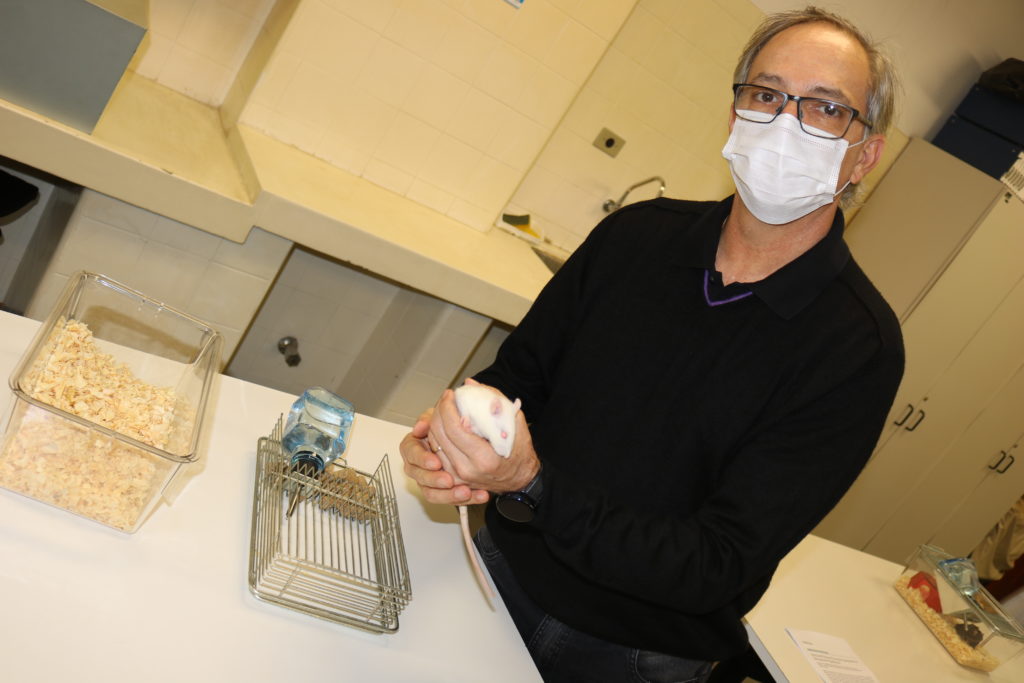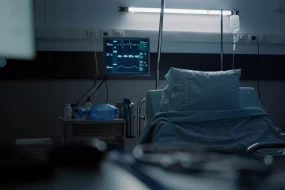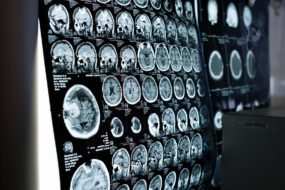
A study published in the journal Hypertension used an innovative method and showed that the intravenous drug losartan, which is used to control blood pressure, is also effective in reducing ICP
The article “Intracranial Pressure During the Development of Renovascular Hypertension”, published in the most recent issue of the journal Hypertension, indicated in an unprecedented way that the increase in intracranial pressure (ICP) and the reduction in cerebral compliance are related to the increase in mean and arterial pressure. depend on the activation of the type 1 angiotensin II receptor (AT1R). The acute use of the intravenous drug losartan has also been found to be effective in reducing intracranial pressure.
Among the main conclusions of the study is the observation that “the development of hypertension is accompanied by changes in the morphology of intracranial pressure, which can be prevented by diagnosis and treatment with drugs that block the action of angiotensin”, as pointed out by Eduardo Colombari , full professor at the Department of Physiology and Pathology at the Faculty of Dentistry of Araraquara, Universidade Estadual Paulista “Júlio de Mesquita Filho” (Unesp), who led the team that conducted the study.
“This is the first work correlating antihypertensive agents with intracranial compliance, opening a new field of study and a new possibility for future clinical application”, says Gustavo Frigieri, one of the authors of the work published in Hypertension and scientific director of brain4care, startup which developed the non-invasive, wearable type sensor, already patented and authorized by regulatory agencies for use in Brazil and the United States.
By using the sensor and comparing its measurements with traditional invasive methods of monitoring ICP curve variations, the study also proved that monitoring intracranial pressure and cerebral compliance from a non-invasive sensor produces results of similar accuracy, with less risk to the patient.
The reliability of non-invasive methods for measuring intracranial pressure from wearable sensors points to the feasibility of replacing invasive methods, which involve skull perforation and insertion of pressure transducers through catheters in the ventricular, parenchymal or subdural spaces , which can result in complications such as infection and hemorrhage, in addition to restricting monitoring to situations of hospitalization.
Monitoring using non-invasive methods makes medium and long-term monitoring more viable, with a significant reduction in health risks arising from monitoring techniques, in addition to allowing the prevention of intracranial hypertension and complications arising from it, such as strokes ( CVA).
The experiment was carried out from the induction of renovascular hypertension type 2K1C in six-week-old male rats and intracranial pressure monitoring over six weeks using both the traditional invasive method and monitoring with the non-invasive sensor, in different groups . Changes in the morphology of the intracranial pressure pulse were identified from the third week after the induction of renal hypertension, with an increase in the P2/P1 ratio.

In the sixth week of the study, different groups were administered the drugs losartan and hydralazine to reduce the blood pressure of the guinea pigs. The use of losartan reduced blood pressure to normal levels and similarly reduced intracranial pressure, whereas hydralazine was effective only in lowering blood pressure without changing intracranial pressure and, furthermore, it worsened the P2/P1 ratio. This result may indicate that the reduction in intracranial pressure is not only due to the reduction in blood pressure, but also due to the AT1R blockade performed by losartan.
The article is published in the April 2021 issue of the journal Hypertension, a high-reference journal in studies on hypertension, and can be accessed from DOI: 10.1161/HYPERTENSIONAHA.120.16217.





